Original link: https://www.ifanr.com/app/1493566
The more expensive routers have more antennas, the better the signal is.
I often hear such words from friends around me. To a certain extent, the price is good for benchmarking. So, is this true?
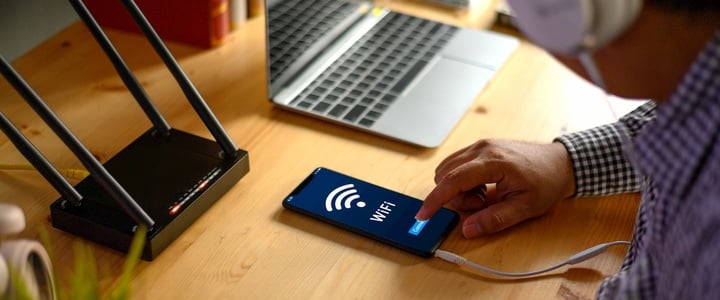
▲. Picture from: hardwired
The answer is no, the number of antennas is not directly proportional to the router’s signal performance. The number of antennas is based on the transmission speed, and not every router antenna is used to increase the transmission speed.
What do routers have with multiple antennas?
In daily life, when we talk about the strength of the WiFi signal of the router, it often refers to the speed of the network. In fact, this is due to the attenuation of the signal with the influence of distance and obstructions, and the data transmission is not smooth.
The more expensive routers tend to have more antennas, but multiple antennas cannot improve the attenuation affected by obstacles during signal transmission. It is mainly to increase the maximum network transmission rate of WiFi.
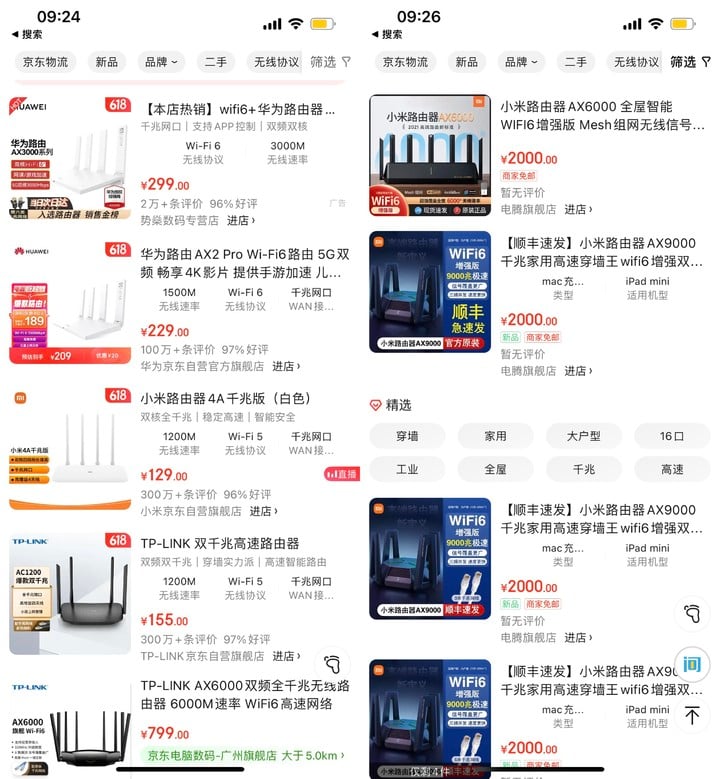
However, increasing the antenna does not improve the attenuation of the signal transmission process very well, it is mainly to improve the maximum network transmission rate of WiFi.
This has to talk about MIMO multiple input multiple transmission technology.
At first, the transmission method of single sending and single receiving of the router was the mainstream, and the number of antennas was only 1-2. The data transmission between the mobile phone and the router through WiFi, the speed was limited.
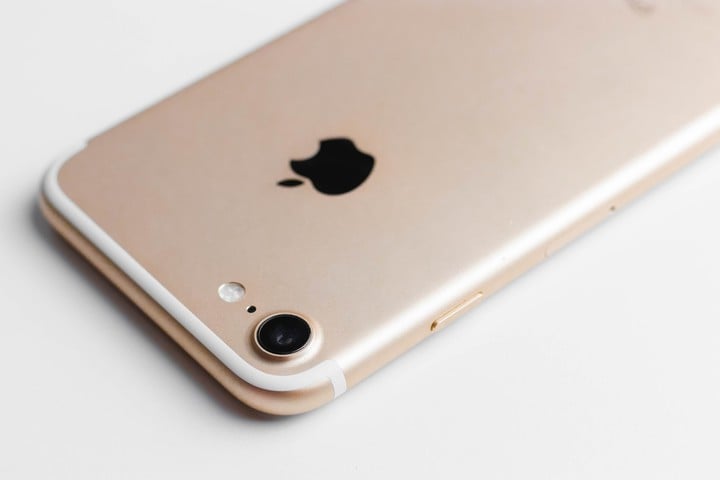
▲ The antenna belt of the iPhone was once complained that it was too ugly
“Then it’s better to increase the number of antennas.”
As the master of WiFi technology, the WiFi Alliance soon proposed a solution in the new technology standard – MIMO technology, which divides the transmission content and uses multiple antennas to transmit data between devices at the same time.
It is equivalent to only one fast lane before, but with MIMO technology, it becomes multiple fast lanes, and supports two-way multi-vehicle driving, the speed is suddenly faster.
Almost every generation of WiFi technology standard iteration will usher in an increase in the theoretical maximum transmission rate, and MIMO technology has played a huge role in this process.
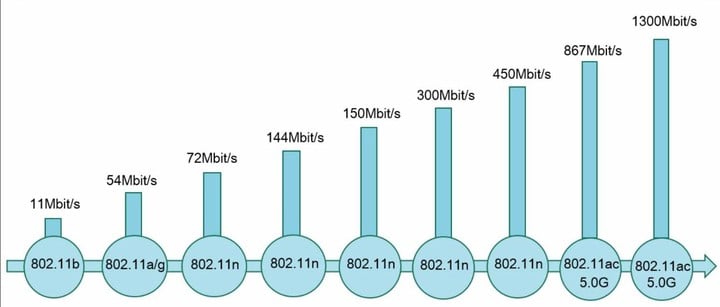
▲ WiFi standard protocol rate changes
Of course, it would be wrong to say that antennas are useless for boosting WiFi signals. Most routers with multi-antenna designs tend to install antennas in both the 2.4GHz and 5GHz bands at the same time.
The 2.4GHz band signal has a longer transmission distance and better wall penetration ability than the 5GHz band signal. However, since Bluetooth devices also use the 2.4GHz band, if there are too many devices transmitting at the same time, it may cause device interference.
In actual use, it is often far away from the router and can be connected to WiFi, but the network speed is not good, and it is easy to freeze when browsing web pages and videos.
It can also connect to the WiFi signal, and the 5GHz band network is more stable, and it tends to be less stuck in scenarios such as video calls and games.
In addition, the popularity of the Internet of Things and home intelligence has allowed more companies to enter new fields, but also transformed routers. In order to ensure the stable use of IoT ecological chain products, companies such as Xiaomi often add a dedicated router to their own routers. IoT (Internet of Things) antenna.
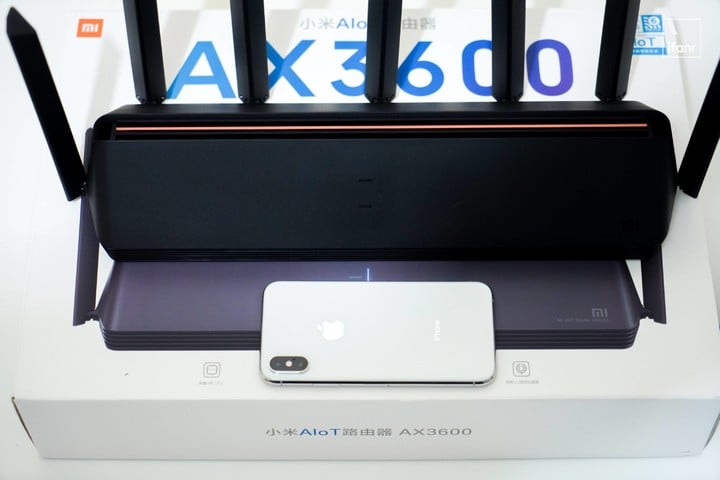
▲ Xiaomi AX3600 router
For example, of the 7 antennas on the Xiaomi AX3600 router, in addition to 2 2.4GHz antennas, 4 are 5GHz antennas, and the remaining one is a dedicated loT antenna.
More antennas can indeed improve the maximum theoretical transmission rate of a router, but it is not endless. What’s more, many routers are now designed with built-in antennas, and it is impossible to directly identify the number of antennas by their appearance.
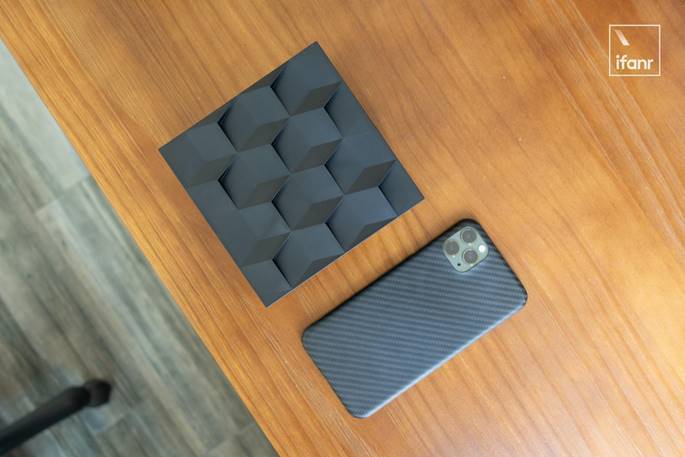
▲ MK63 AX5400 router with built-in antenna
In today’s routers, multi-antenna design has become a popular feature, increasing the maximum network transmission rate and opening up the IoT device ecosystem. Only the 2.4GHz band antenna can improve WiFi signal performance. Therefore, it is not necessary to equate multi-antenna with signal quality. appropriate.
Before using better new technology, you need to pay attention to these
The WiFi Alliance has introduced MIMO technology in the WiFi 4 standard since 2014, and its next-generation WiFi 5 standard has been upgraded to MU-MIMO technology. Simply put, data is sent and received at the same time, and multiple antennas can be used at the same time. , a router can transmit data with multiple devices at the same time.
Then there is the popular fried chicken in recent years – WiFi 6 technology.
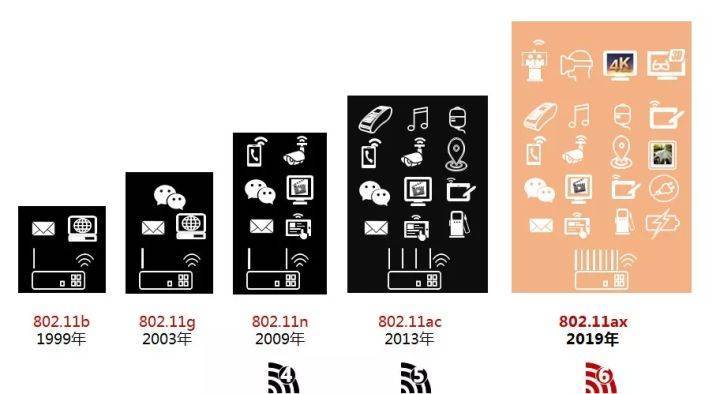
According to the technical standards of the WiFi Alliance, WiFi 6 increases the number of MU-MIMO on the basis of the previous generation technology, from a maximum of 4×4 MU-MIMO to an 8×8 MU-MIMO number.
Not only the speed of the Internet, but also the speed of multiple devices. This is the goal of WiFi 6.
Don’t be too happy, WiFi 6 technology is really good, and it has been commercialized for 1-2 years, but things are just in case, Qualcomm began to support WiFi 6 technology on the Snapdragon 865 chip, and Apple started with the iPhone 11 (A13) chip. use.

▲ iPhone 11 began to introduce WiFi 6 technology
If you just haven’t changed your phone for years and are using a model that is older than the two chips, then WiFi 6, no matter how strong it is, won’t be of much use to you.
If you have replaced a new mobile phone in the past two years, the smart home equipment is relatively new, and all support WiFi 6, in order to enjoy the benefits of the new technology.
Of course, more devices may also cause another problem – interference, rice cookers, washing machines, refrigerators, mobile phones, smart door locks, more and more networked devices, using communication protocols such as WiFi and Bluetooth, will inevitably affect each other.

▲ With the rise of smart homes, more and more home devices need to be connected to the Internet
Switching the router’s transmission frequency band is one of the solutions. Since Bluetooth devices are mainly concentrated in the 2.4GHz frequency band, you can check the frequency band occupancy through the router’s official application or the computer application NetSpot.
If the 2.4GHz usage is too high, switching to the 5GHz frequency band can indeed alleviate the problem of slow Internet access.
As for room isolation or large home area, wireless relay or mesh networking are suitable solutions.
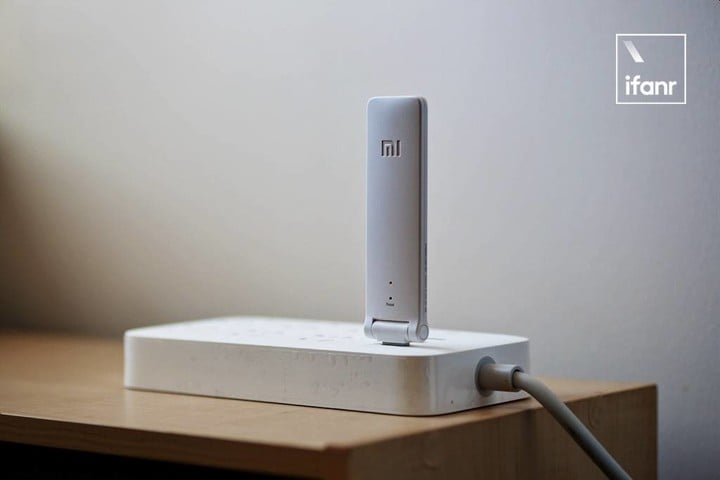
▲ WiFi amplifier
Wireless relay, also often referred to as router amplifier, in fact, its role is equivalent to an intermediary, but it does not make a difference.
The amplifier receives the router’s signal and acts as an intermediate point to establish a new network, so that the WiFi can cover as much area as possible and form a larger local area network.
Mesh networking further supports technologies such as seamless connection and intelligent networking. Devices can quickly switch connections between multiple routers, automatically eliminate weak signal routers, and connect to routers with stronger signals to ensure network quality.

The advantage of relays or routing amplifiers is that they are flexible, and most of them do not restrict brands. In Mesh, many of the technologies are self-built or optimized by brands. If you want to get the best experience, you should use products of the same brand.
Finally to sum up:
– The router multi-antenna design is to increase the theoretical maximum network transmission rate rather than signal quality
– WiFi 6 technology increases the maximum transfer rate, but only if the routers and mobile phones and other devices support it
– The house is too large, there are too many obstacles, and the signal is attenuated seriously. You can use WiFi amplifier or mesh networking to solve the problem. The former is more flexible in brand and product selection, while the latter are mostly products of the same brand
This article is reprinted from: https://www.ifanr.com/app/1493566
This site is for inclusion only, and the copyright belongs to the original author.